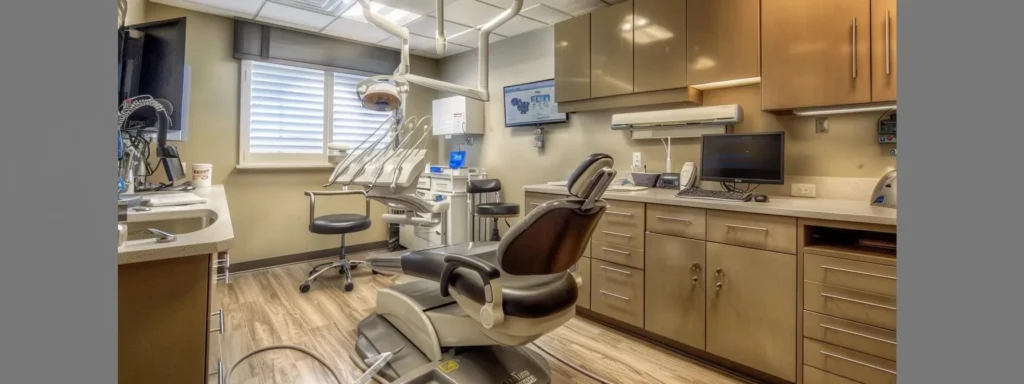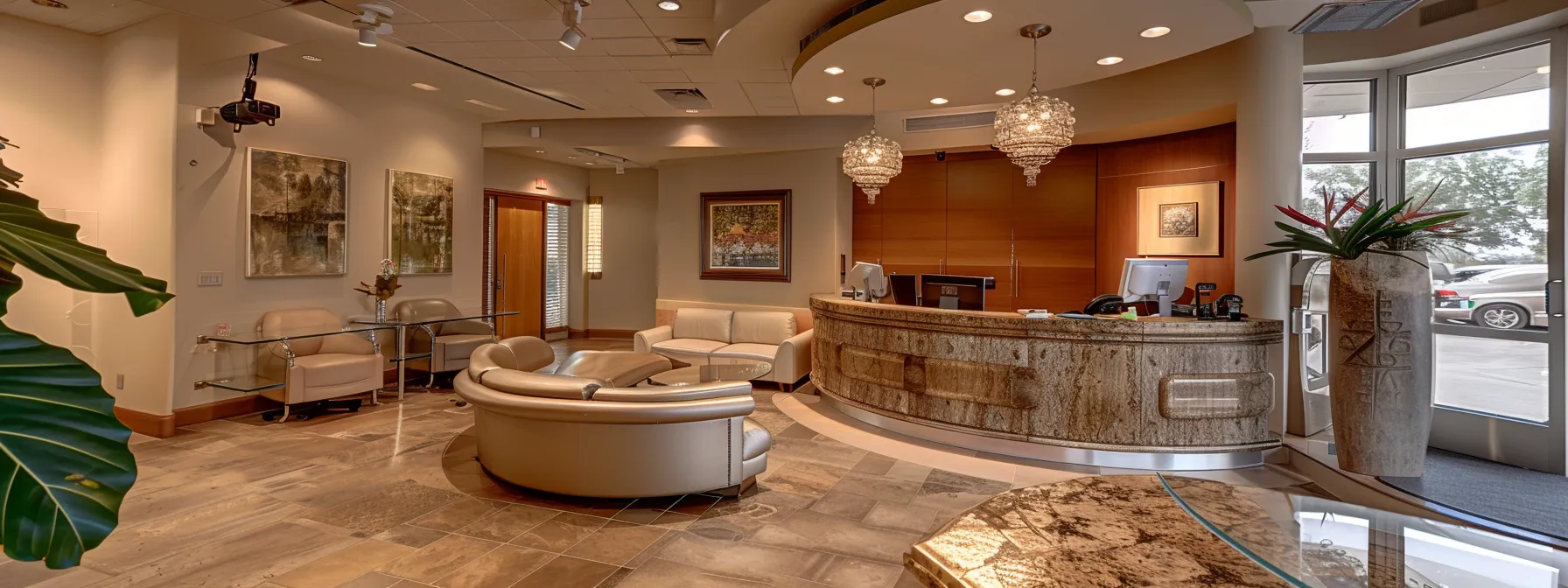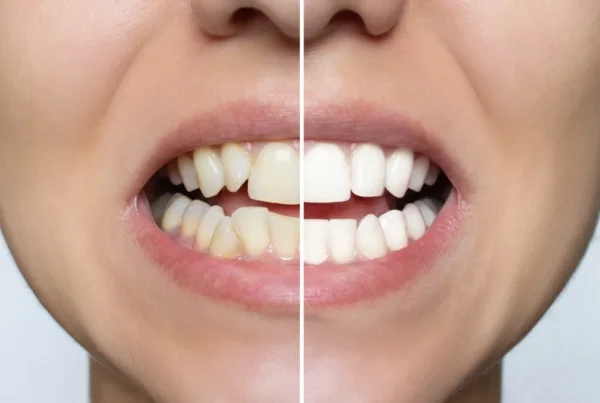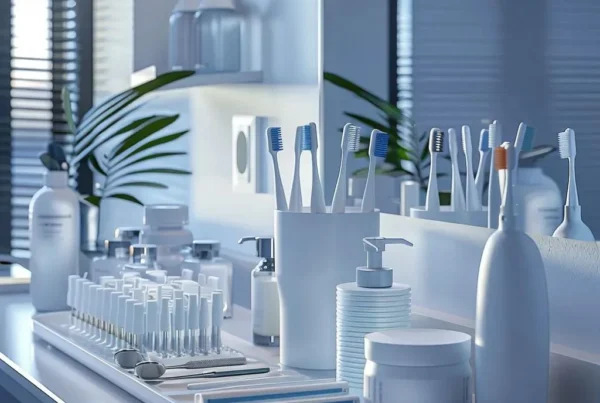When it comes to replacing veneers, accurate timing is crucial to preserve both the aesthetic appeal of your smile and your overall dental health. Addressing the right timing involves assessing three particular areas: structural integrity of the veneers, their impact on dental function, and the aesthetics of your smile.
The primary sign that your veneers need attention is noticeable deterioration such as cracking or chipping. Veneers can suffer from wear and tear over time. When the polished surface starts showing fine lines or the edges become rough, it’s time for a professional assessment. Ignoring such signs can compromise veneer integrity and, more worryingly, lead to potential tooth decay, making prompt action essential.
Veneers are not just about good looks; they need to be fully functional. If you’re experiencing difficulty in chewing, or if your veneers have become uncomfortable or painful, these are clear indicators that they might need to be replaced. Functional flaws can interfere with everyday activities like eating and speaking, and addressing these promptly can prevent bite issues or further dental complications.
The cosmetic aspect is also critical. If veneers lose their luster, become discolored, or just do not match your smile anymore, it can affect your self-confidence. Since veneers play a significant role in the appeal of your smile, maintaining their appearance is as important as their function, and changes could require consultation for replacement. Evaluating these changes early can help you preserve both your health and your appearance.
Creating an Effective Replacement Strategy
An effective veneer replacement strategy is centered on thorough diagnostics, the selection of durable materials, and the creation of a personalized treatment plan. These elements are key to ensuring the new veneers meet the patient’s aesthetic goals and oral health needs.
The process begins with an in-depth assessment by a dental professional. Existing veneers undergo an evaluation using cutting-edge diagnostic methods such as detailed scans and imaging. Through this examination, any vulnerabilities, such as fit issues or wear patterns, are identified. This initial diagnostic step is vital, as it ensures that the new veneers will address any specific complications presented by the old ones.
Next, the focus shifts to choosing materials that align with the patient’s needs. Porcelain veneers are renowned for their resilience and their ability to mirror the shine of natural teeth, providing a durable and long-lasting option:
- Comprehensive diagnostics: Advanced scanning and imaging identify vulnerabilities and wear patterns in existing veneers
- Material selection: Choice between durable porcelain or cost-effective composite based on lifestyle and budget
- Customized planning: Individualized treatment plans addressing unique dental structure and aesthetic preferences
- Timeline consideration: Scheduling that accommodates patient needs while ensuring optimal treatment outcomes
A tailor-made treatment plan is developed, taking into account the patient’s unique dental structure and aesthetic preferences. Each plan is carefully crafted, outlining the specific steps and considerations required to achieve an optimal outcome. This level of planning results in more predictable and satisfying results.
Knowing When It’s Time for Replacement
The decision to replace dental veneers should be based on specific criteria, including the level of damage sustained by the veneers, the patient’s unique dental health considerations, and their personal aesthetic goals. Each of these criteria provides a logical framework for determining whether to proceed with veneer replacement.
A critical criterion for veneer replacement is the current state of the veneers. Minor surface scratches or slight discoloration may be remedied with simple repairs or polishing, while extensive cracks or chips often require a complete replacement. Dental professionals evaluate these imperfections, considering their potential impact on future oral health and whether they compromise the function or protection provided by the veneers.
The overall oral health of the patient is another essential factor. Conditions such as dental decay or gum disease can affect the suitability of veneers and potentially require different dental treatments before considering replacements. A comprehensive oral exam allows the dentist to advise on the best course of action, ensuring that any new veneers will offer maximum benefit.
Personal aesthetic preferences play a decisive role in the veneer replacement process. The desire for a brighter or more uniform smile can drive the decision to replace, as can the wish to use newer, more advanced veneer materials. During the consultation, dentists work with patients to understand their expectations and to align the replacement with their vision for their smile’s appearance. Personalized recommendations make the outcome even more rewarding.
Getting Professional Support for Your Decision
Using professional support is essential to navigate the details and choices associated with veneer replacement. It creates an educational partnership between dentist and patient, equipping the latter with the knowledge necessary for a confident decision-making process.
An initial consultative process with dental practitioners is essential to understanding the scope of veneer replacement. This interaction provides clarity on the types of veneers available, weighing their benefits and longevity against the patient’s specific dental framework. The discussion covers topics from the expected lifespan of different veneer materials to how they might complement the patient’s overall facial aesthetics.
Exploring treatment options with a dental professional helps patients discover approaches tailored to their individual circumstances. This could involve a comparison between the minimal invasiveness of no-prep veneers versus traditional options, or discussing sedation techniques for patients with dental anxiety, ensuring they feel at ease and informed every step of the way.
Aftercare is as important as the procedure itself. Dental experts at Fountain of Youth Dental provide comprehensive aftercare instructions, emphasizing habits that prolong veneer life and advocating for regular check-ups. This education on maintenance and care helps patients preserve their renewed smile, emphasizing the practice’s dedication to patient outcomes beyond the dental chair. Ongoing support reinforces both trust and results.

Caring for Your New Veneers Long-Term
To ensure the durability and continued aesthetic of new veneers, one must follow a routine of careful maintenance. This routine includes careful daily care, routine dental examinations, and the avoidance of harmful habits.
The foundation of veneer upkeep is a consistent oral hygiene routine. By brushing gently with a non-abrasive toothpaste and using a soft-bristled toothbrush, patients can avoid scratching the veneer surface. Flossing with care around the veneer margins helps prevent gum disease and decay at the veneer’s edge—common issues that can compromise veneer longevity.
Routine dental visits are essential for the longevity of veneers. During these check-ups, dentists not only clean the veneers using professional tools but also inspect them for any signs of potential problems:
- Gentle daily hygiene: Use non-abrasive toothpaste and soft-bristled brushes to avoid surface scratching
- Professional cleanings: Regular dental visits for specialized cleaning and problem detection
- Habit modification: Avoid using teeth as tools or biting hard objects to prevent damage
- Proactive monitoring: Early detection and treatment of issues before they become major problems
Veneer longevity is also affected by lifestyle choices. Patients are advised against habits like biting on hard objects or using their teeth as tools, which can exert undue pressure on veneers. With consistent care and attention, veneers can remain strong and beautiful for many years.
Building a Comprehensive Approach to Veneer Care
The successful replacement of veneers lies at the intersection of recognizing the need for replacement, understanding the replacement process, and committing to ongoing care. These three steps taken together form a comprehensive approach to veneer replacement that secures the long-lasting beauty and health of one’s smile.
The first step is acknowledging the indications that suggest the time has come for veneer replacement, such as noticeable wear or damage. When patients act upon these signs, they take a proactive stance in safeguarding their dental health. Recognizing these signs early prevents more extensive damage to both the veneers and the underlying teeth.
Knowledge of the replacement process empowers patients to make informed decisions regarding their dental care. By becoming familiar with the procedural aspects of veneer replacement, from assessment to installation, patients can feel more comfortable and in control of their oral health decisions.
After replacement, a routine of careful care is critical for maintaining the new veneers. Regular hygiene practices tailored to veneers’ maintenance, such as avoiding overly abrasive toothpaste and difficult foods, ensures that the aesthetic and functional benefits of the veneers last as long as possible. This commitment to care is what extends the life of your investment.
Protecting Your Smile Investment
Veneer replacement represents a significant investment in both your oral health and confidence, making proper timing and care essential for long-term success. The key to maximizing this investment lies in understanding when replacement is necessary, choosing the right materials and approach, and committing to proper maintenance afterward.
At Fountain of Youth Dental, we understand that timing your veneer replacement correctly can make the difference between a minor touch-up and a major restoration. Our comprehensive approach combines advanced diagnostics with personalized treatment planning to ensure your new veneers not only look beautiful but also provide lasting function and protection for your natural teeth.
Ready to evaluate whether it’s time to replace your veneers? Contact Fountain of Youth Dental today to schedule your comprehensive veneer assessment. Our experienced team will help you determine the optimal timing for replacement and create a personalized plan that ensures your smile remains healthy, beautiful, and confident for years to come.
Frequently Asked Questions About Veneer Replacement Timing
How do I know when my veneers need to be replaced?
Signs that your veneers require replacement include noticeable chipping, cracks, or a dulled surface. If you experience discomfort or changes in bite, these could also be indicators that it’s time to consider getting new veneers.
Can veneered teeth be repaired or do they need to be fully replaced?
It depends on the extent of the damage. Small chips or cracks might be repairable, but significant damage usually requires full replacement. Your dentist will assess and recommend the best option for your smile.
What can I do to extend the life of my veneers?
To prolong the life of your veneers, maintain good oral hygiene through regular brushing and flossing, avoid using your teeth as tools, and schedule routine dental check-ups for professional cleaning and examination.
Contact Fountain of Youth Dental today to schedule your consultation with Dr. Cappetta and discover how composite veneers can quickly and affordably correct your dental imperfections while preserving your natural tooth structure.
With Fountain of Youth Dental, you can stop settling and finally get the healthy, stunning smile you deserve!
Schedule Your Free Consultation Today!
Fountain of Youth Dental
5282 Medical Dr. #520 San Antonio, TX 78229 (210) 614-5481 Driving Directions





